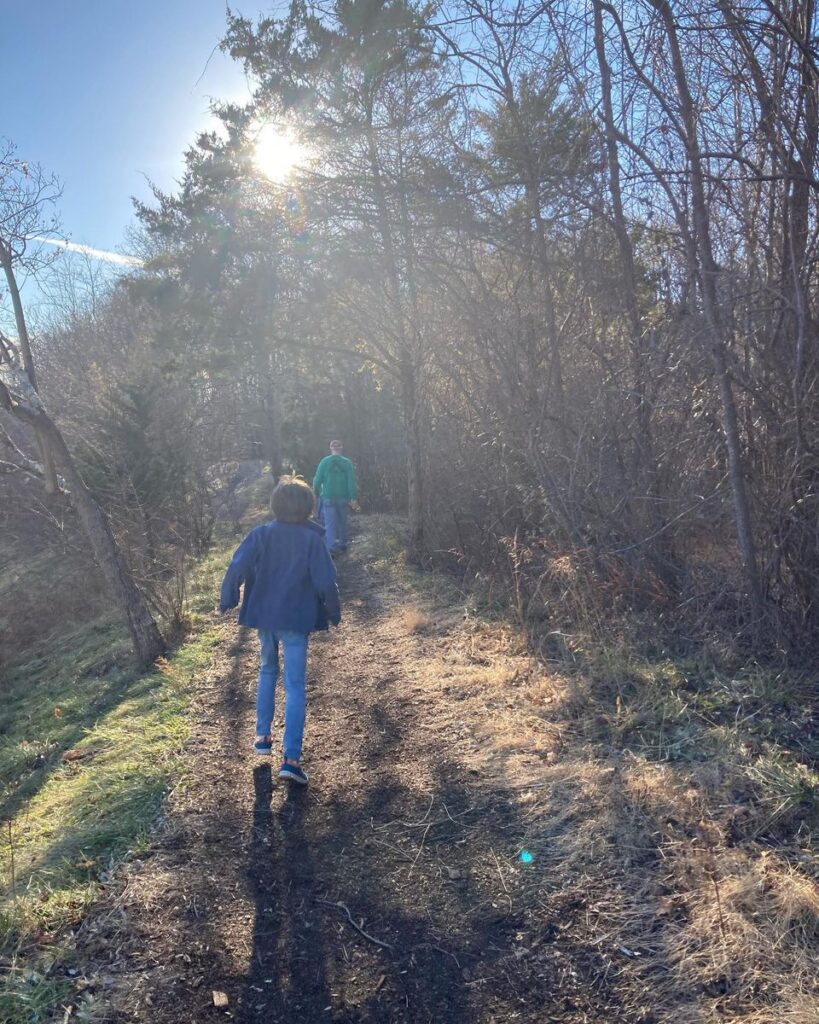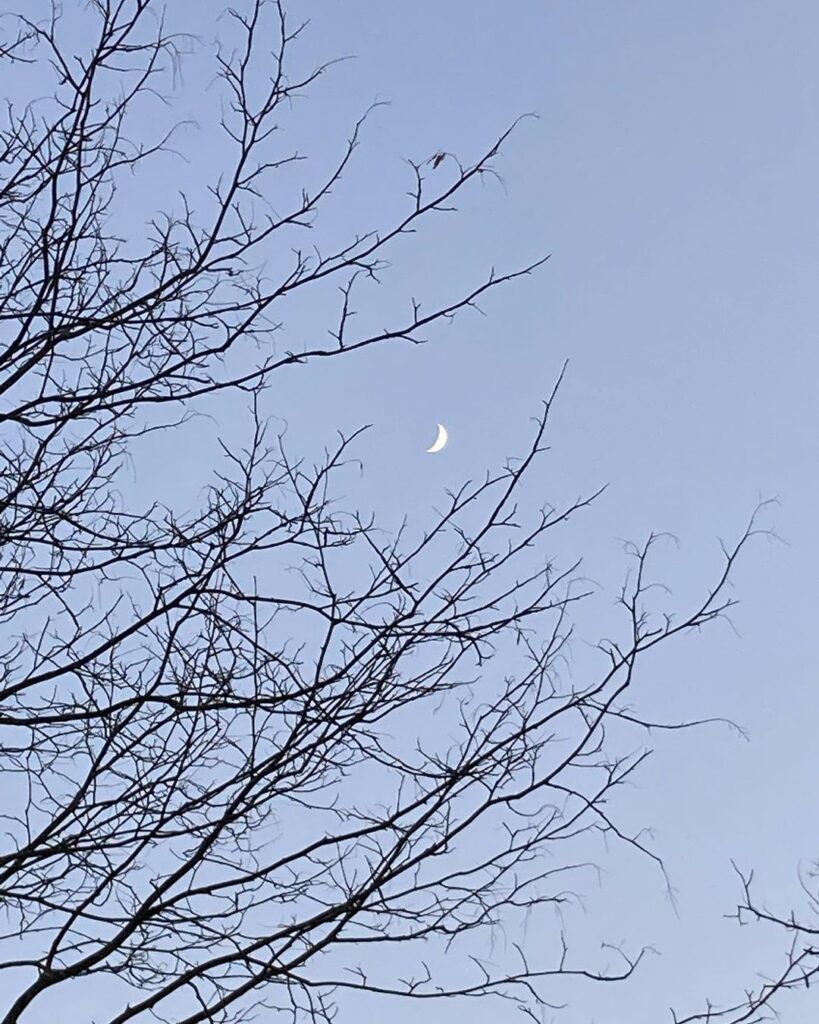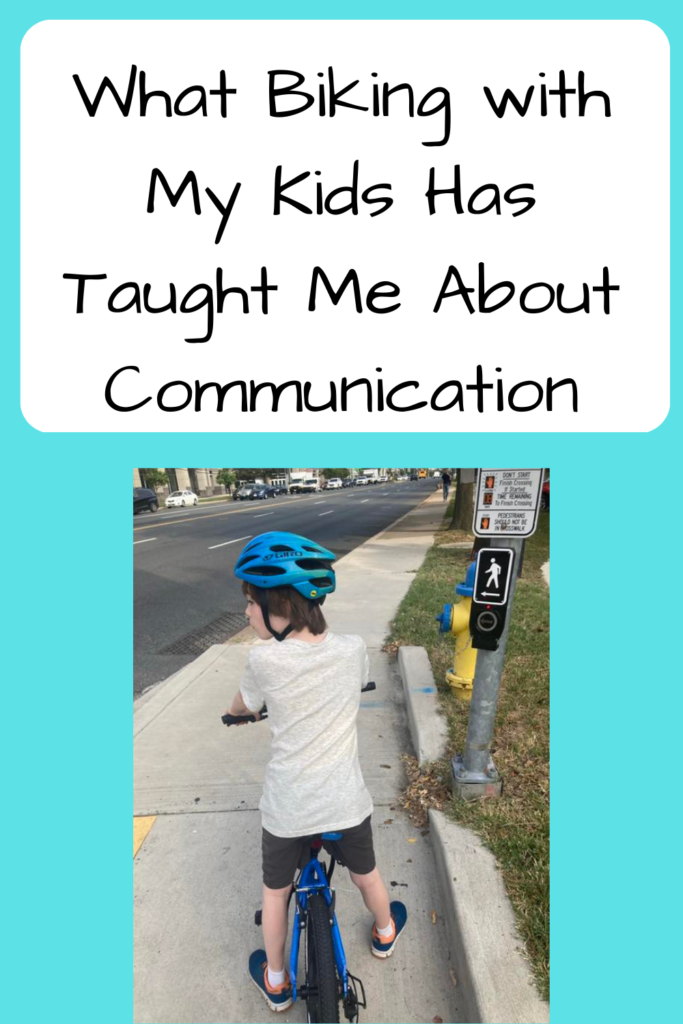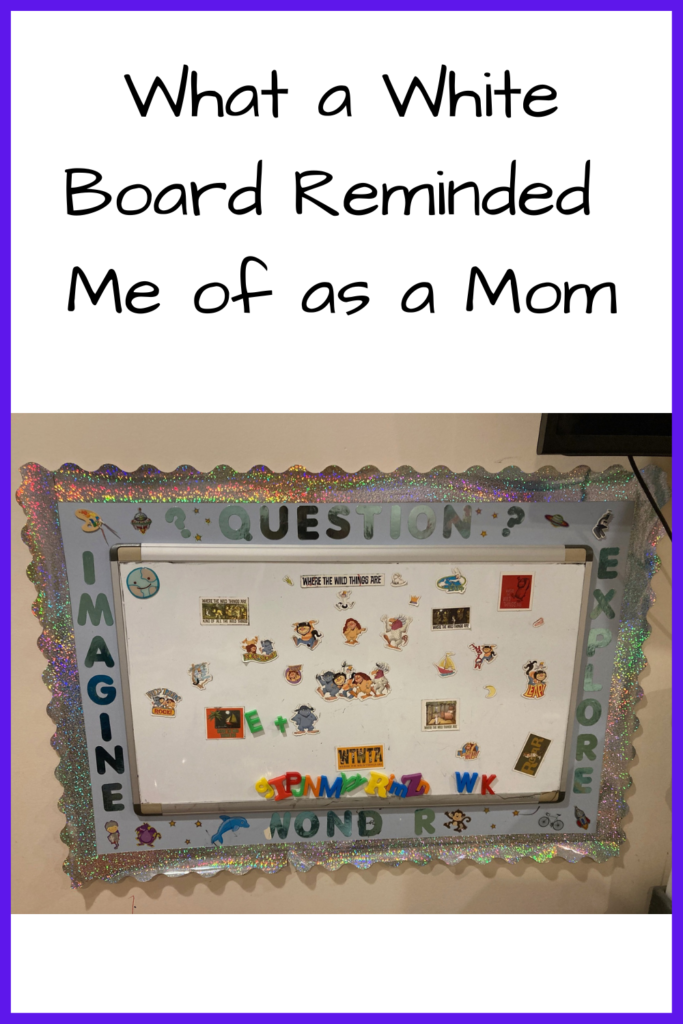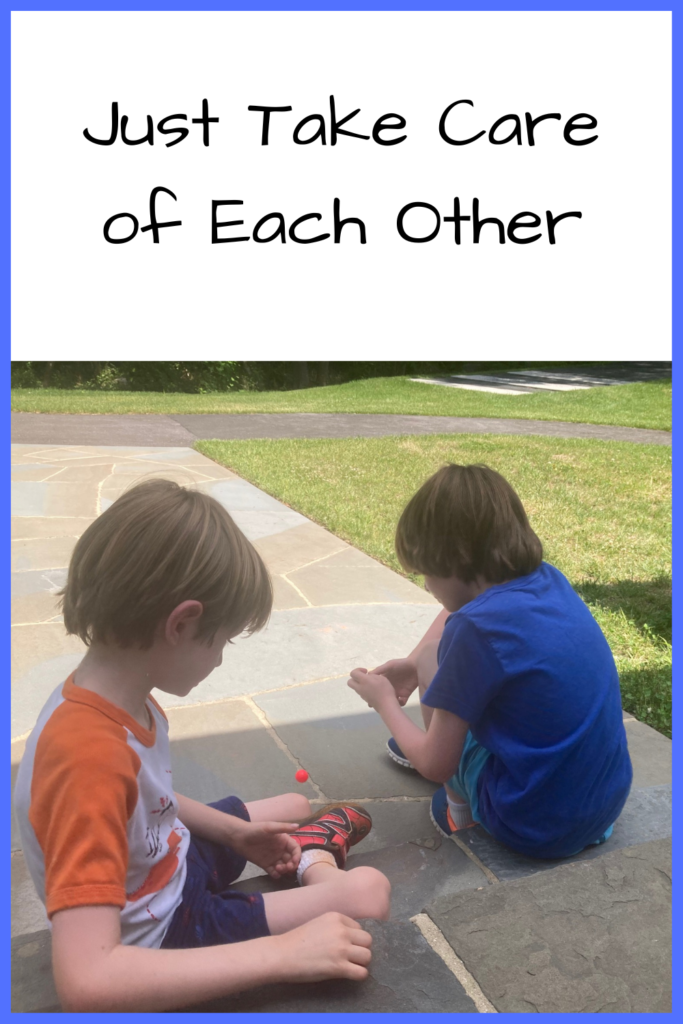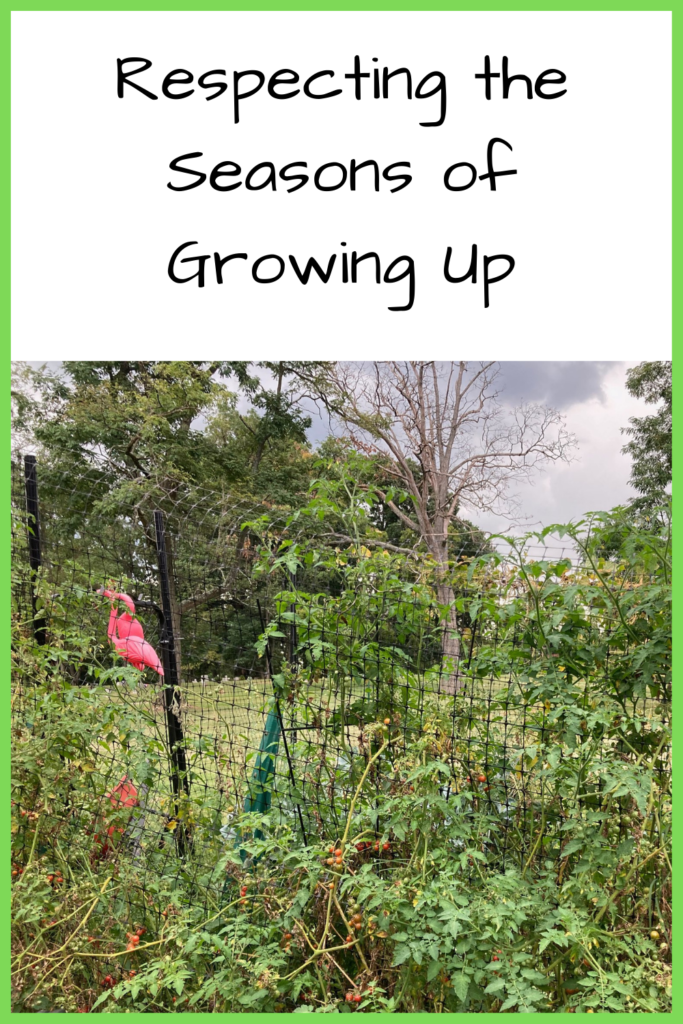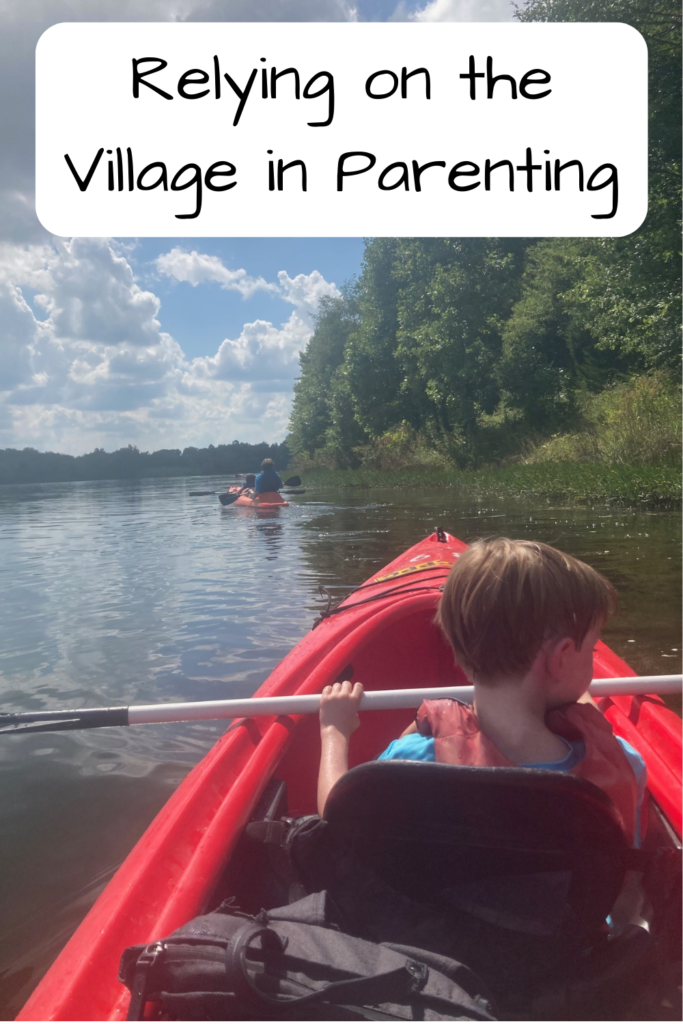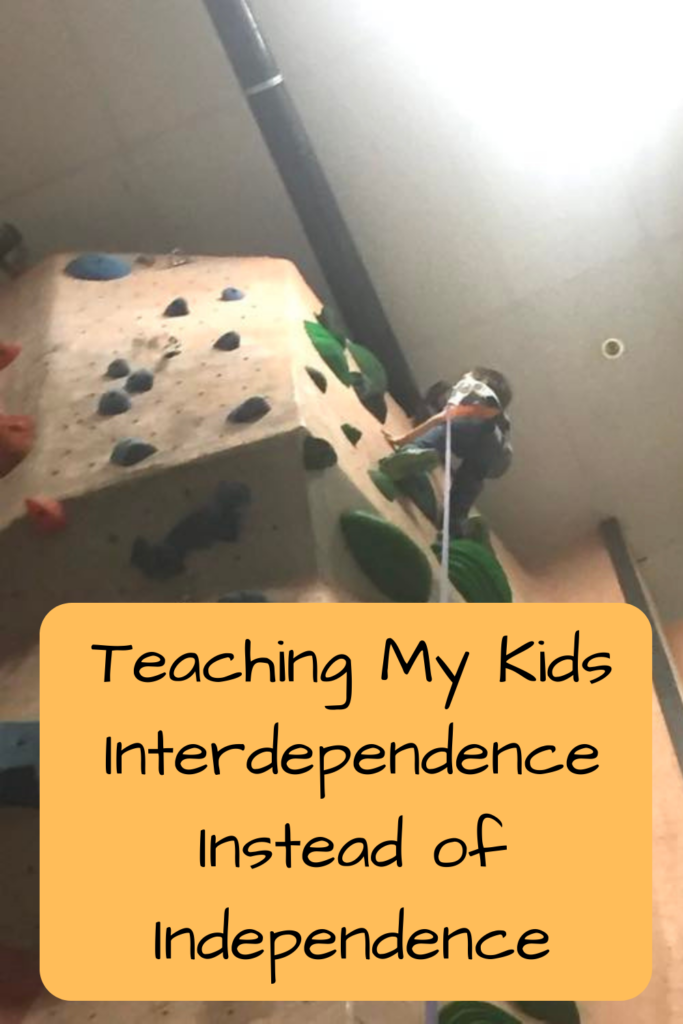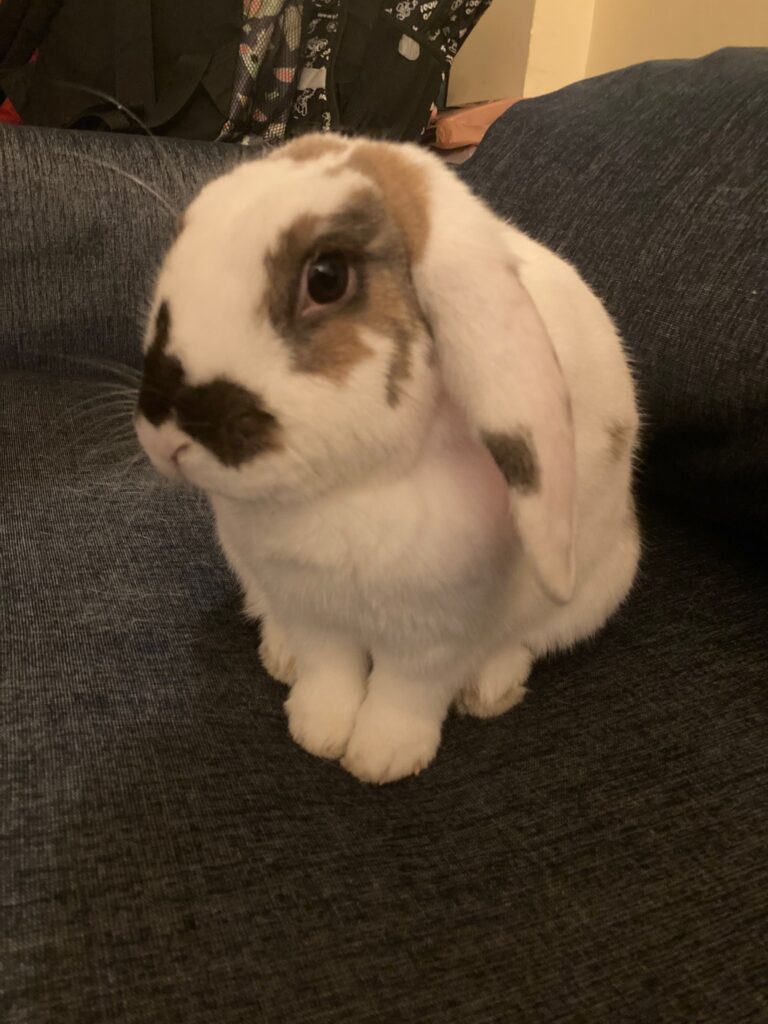
Watching our rabbit sniff and scratch at the floor, I wonder what he’s experiencing.
From reading Ed Yong’s brilliant book An Immense World, I know our rabbit’s sight alone is far different from ours. Rabbits don’t have the cone in their eyes that distinguishes between green and red, so they’re essentially red/green colorblind. Because their eyes are on the sides of their heads, they have much better peripheral vision than we do, but don’t see particularly well straight in front of them. And that’s just vision – his sense of smell and hearing is likely far different from mine in a way that’s hard to comprehend.
Yong talks about how we try to force our sensory experiences onto other animals and assume they experience the world how we do.
But the fact is, we do it with people too. I just have to put on my husband’s glasses to be reminded of how radically different the visual world is for him. (I have glasses too, but I merely get a headache without them – he can barely see a couple of feet in front of him.) Or watch my kids slosh the unicorn slime from hand to hand that touching it makes me shudder. While all humans have approximately the same sensory systems, we still have radically different experiences of how our bodies take in and process that information.
Continue reading